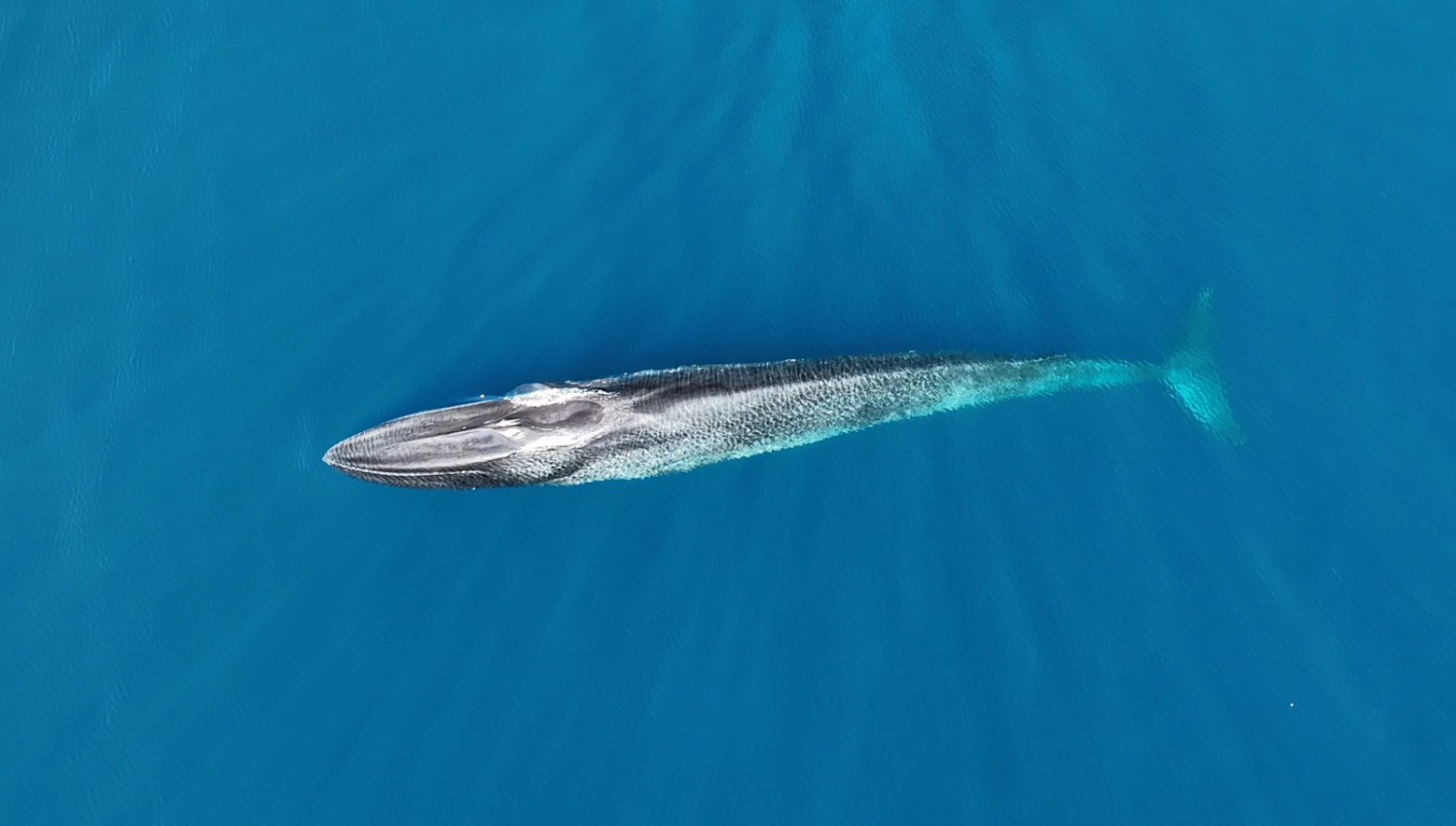A team of researchers has been able to tag three animals with satellite devices to study their migratory routes and has photo-identified with drones 21 specimens in migration this season.
More than 120 fin whales, the second largest animal on the planet, have passed off the coast of Denia in this year’s research campaign led by the Universitat Politècnica de València (UPV). In addition, the UPV team has been able to mark three animals with satellite tags that allow studying their migratory routes and have been able to obtain two genetic samples by non-invasive techniques, taking a sample of the animal’s blow by using a drone.
For the study of their ethology, the UPV team uses various techniques, and has both a terrestrial team (personnel that detects the passage of whales from a point on land), and a team at sea, which is responsible for the collection/taking of different types of samples.
In addition, this year, we have had the collaboration of researchers from the Tethys Research Institute and the sailing boat ‘Malizia Explorer’, dedicated to scientific exploration and conservation of our oceans.
The Malizia Explorer has been anchored off the coasts of Dénia and Xàbia assisting and working with researchers Eduardo Belda, from the Research Institute for Integrated Coastal Zone Management (IGIC) on the Gandia campus, and Víctor Gallego, from the University Institute for Animal Science and Technology Research (ICTA) at the UPV. Both are responsible for studying these cetaceans as they pass through Dénia.
“The fin whale has become an emblematic species for the area, being a tourist attraction and object of scientific study. Our work seeks to understand their presence and behaviour better, to contribute to their conservation and the sustainable management of the area. This year’s campaign has succeeded, with three animals tagged and 21 photo identifications”, conclude Eduardo Belda and Víctor Gallego.

